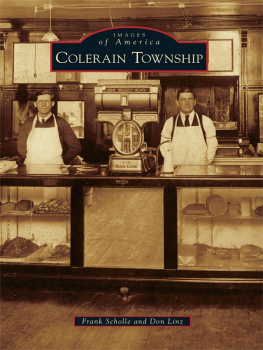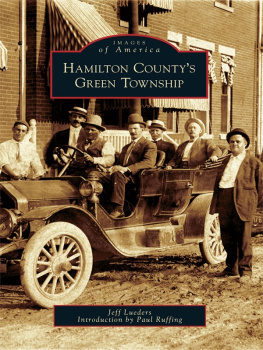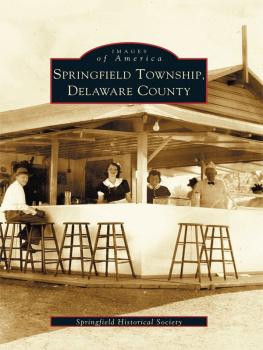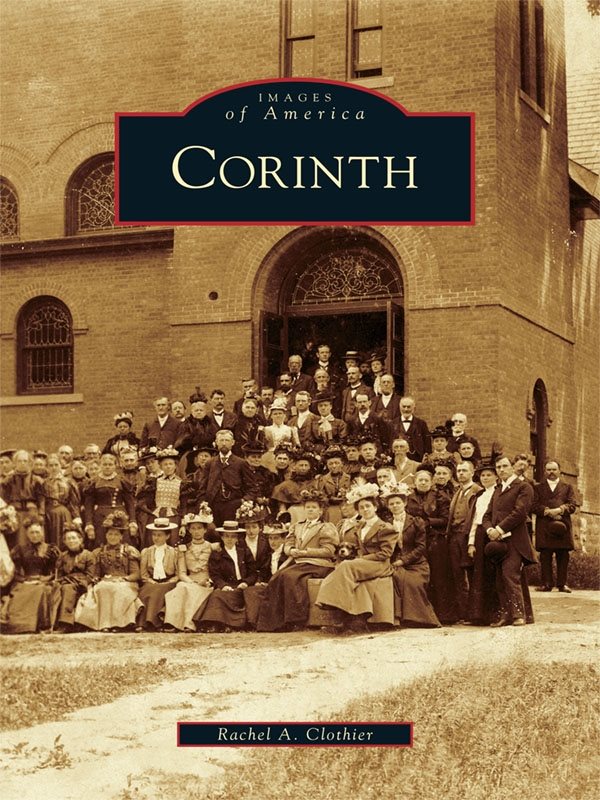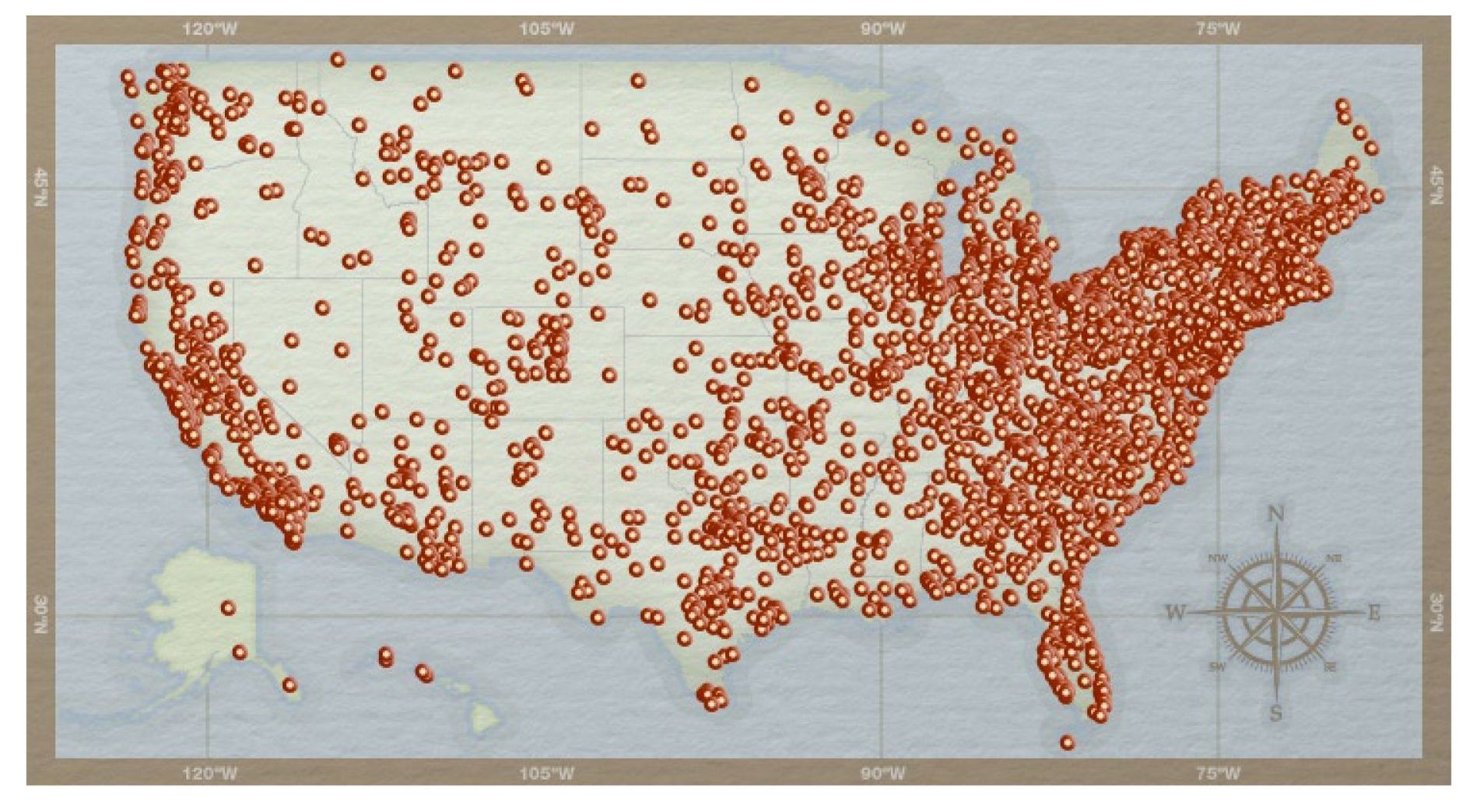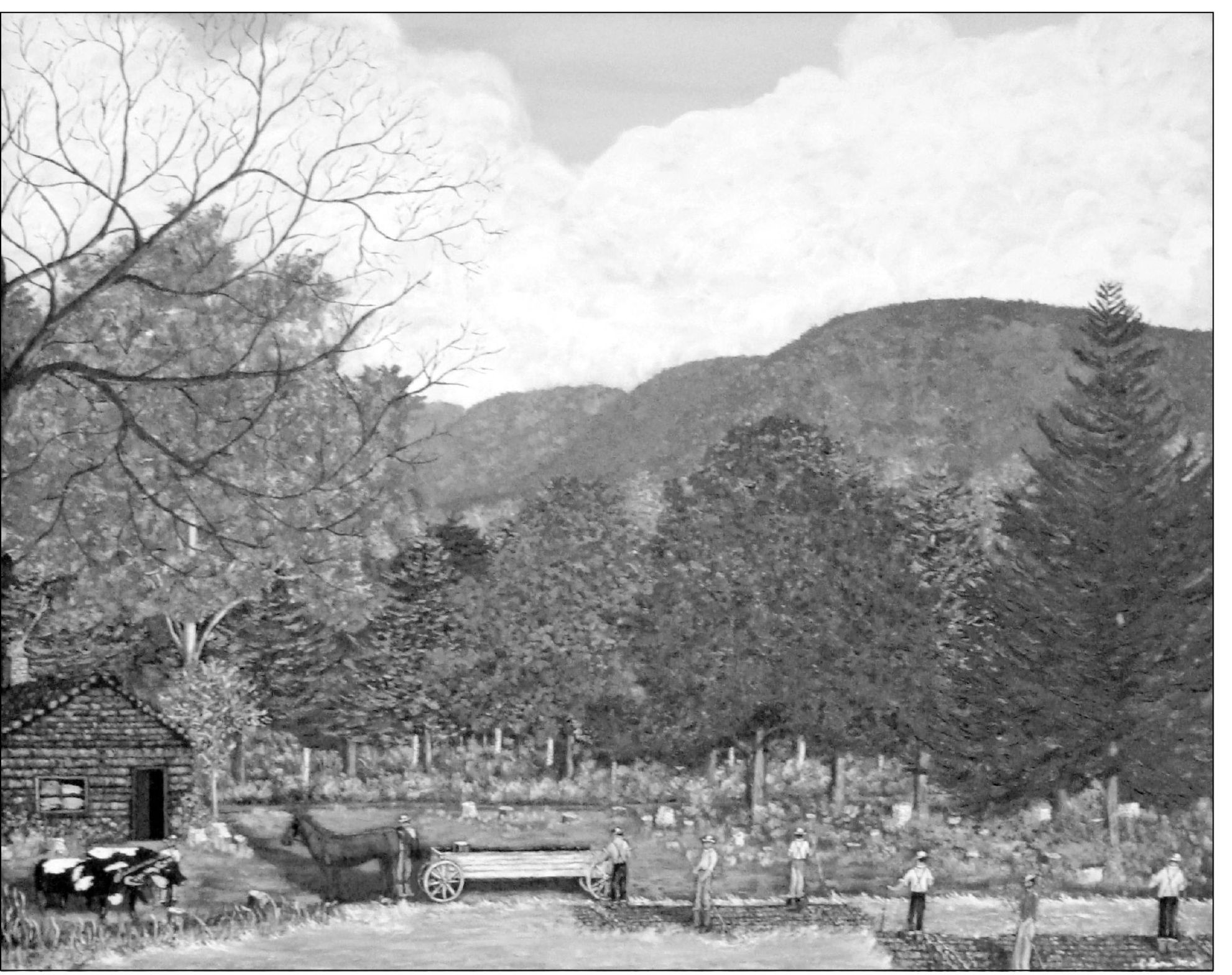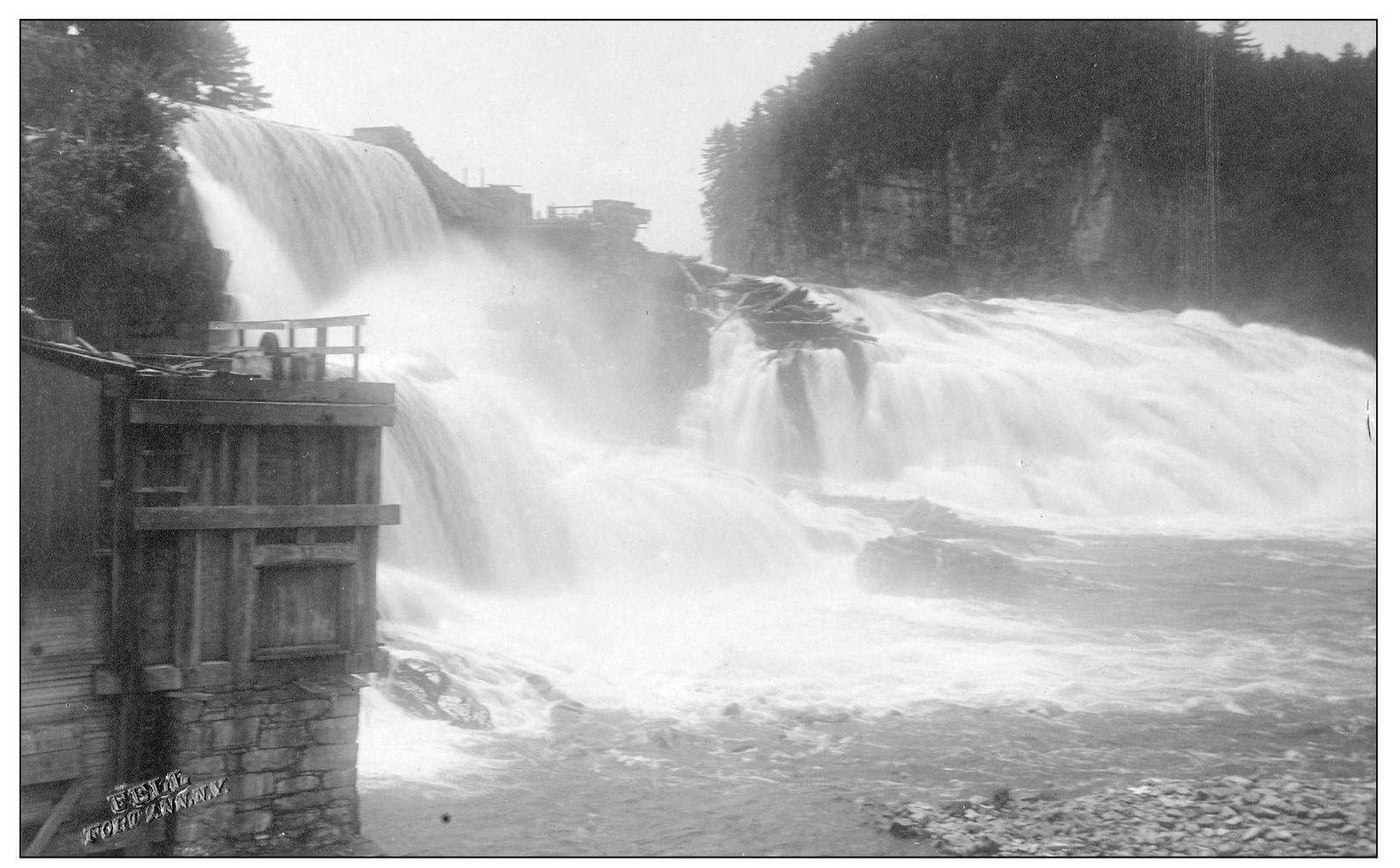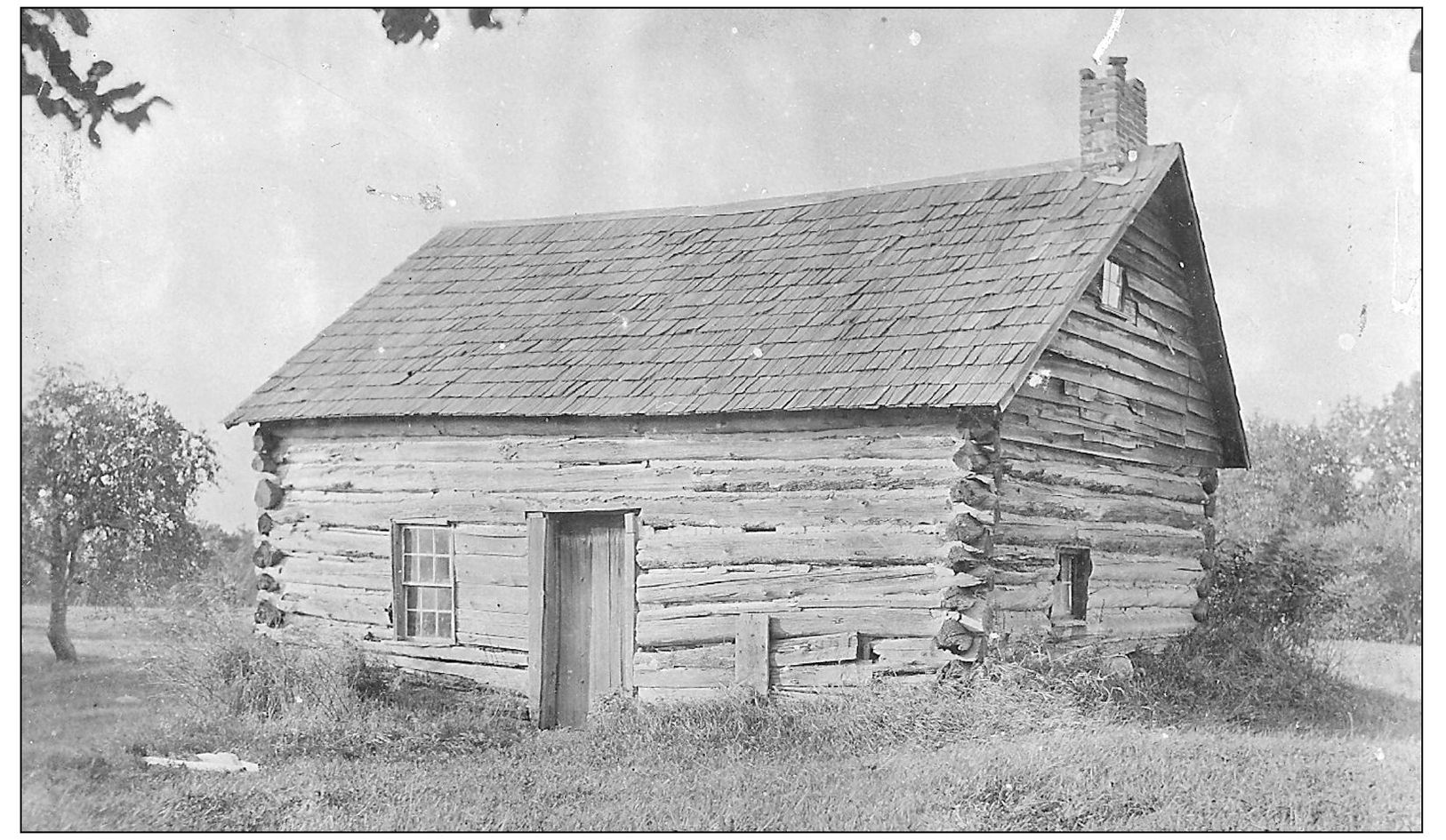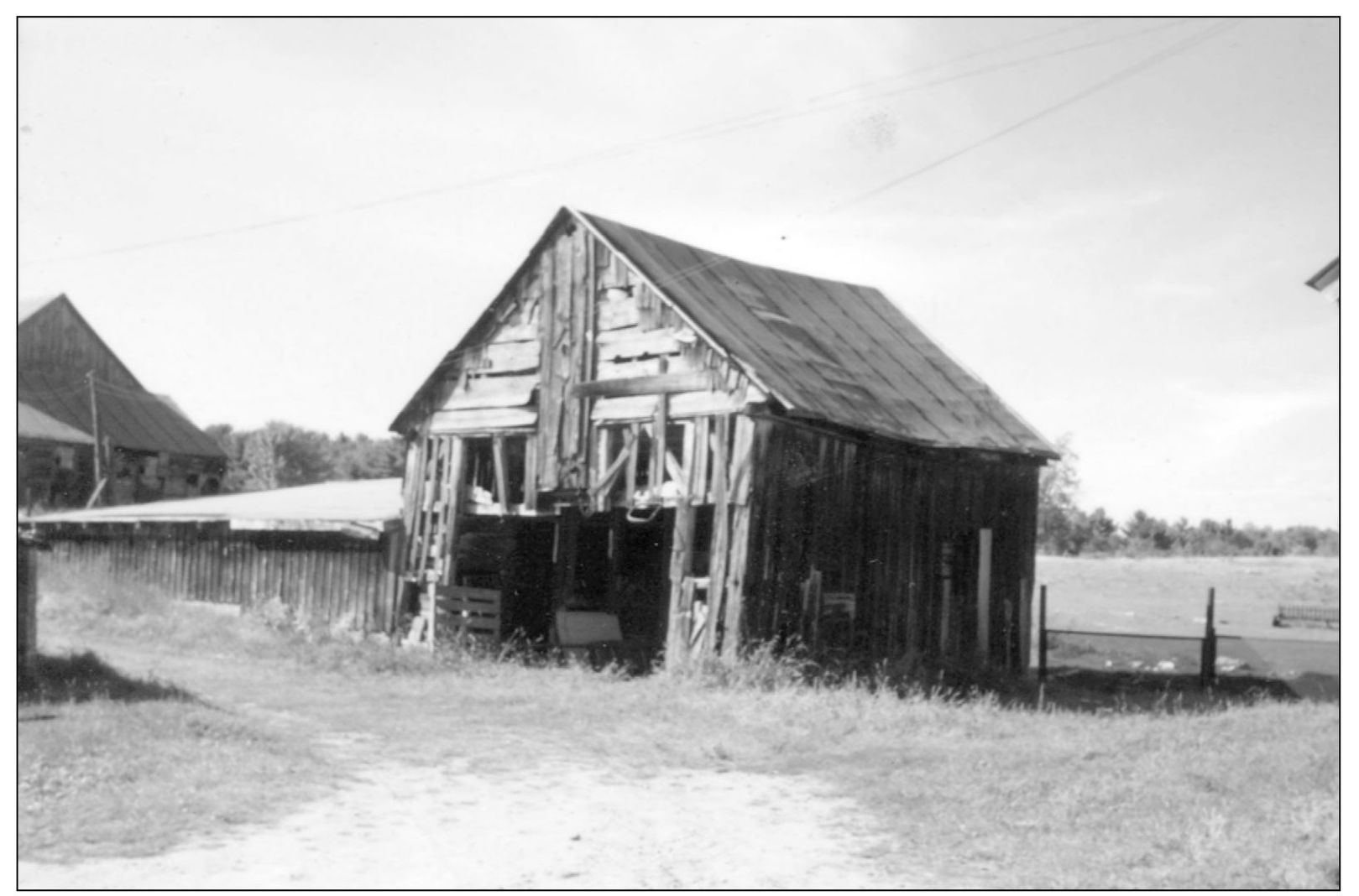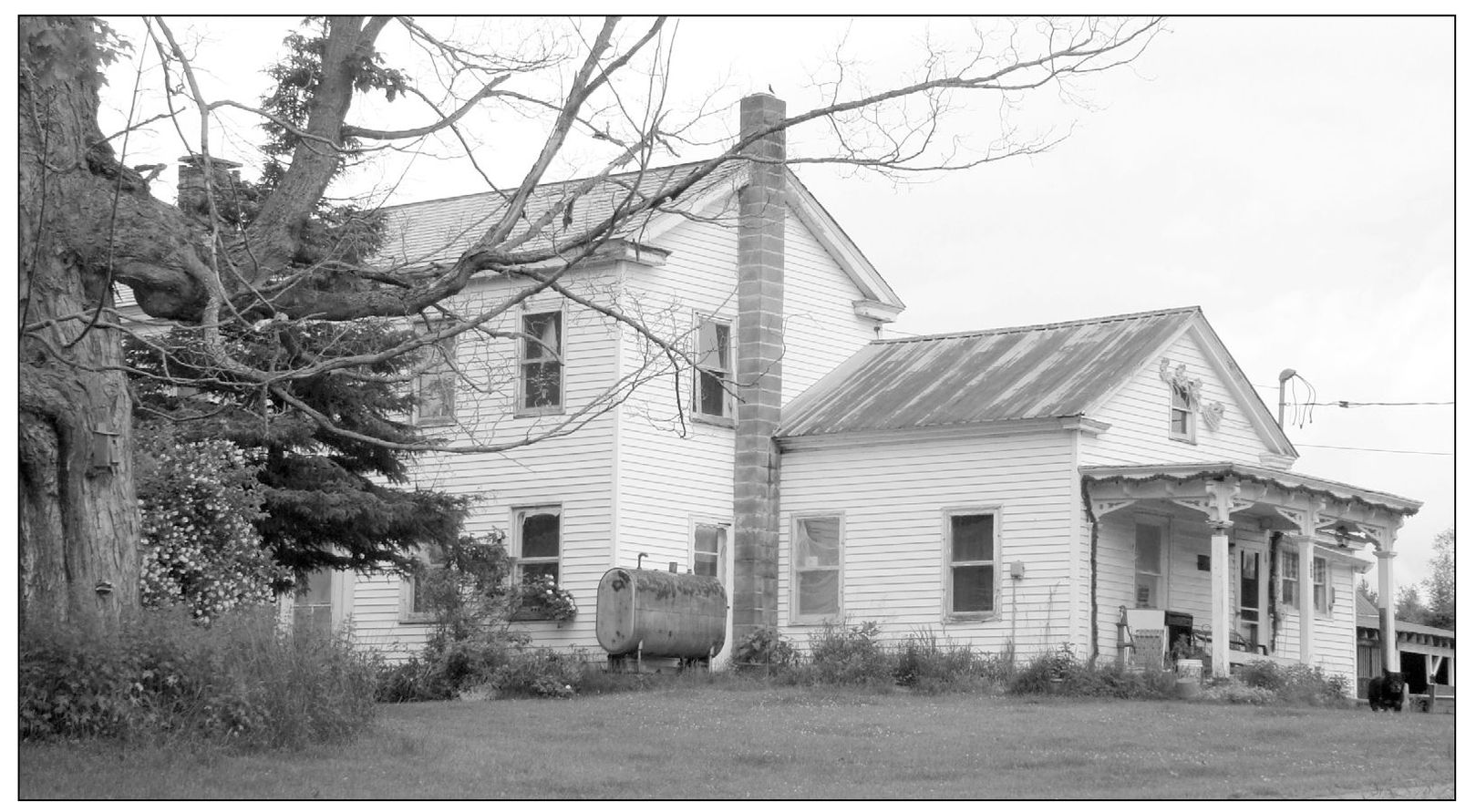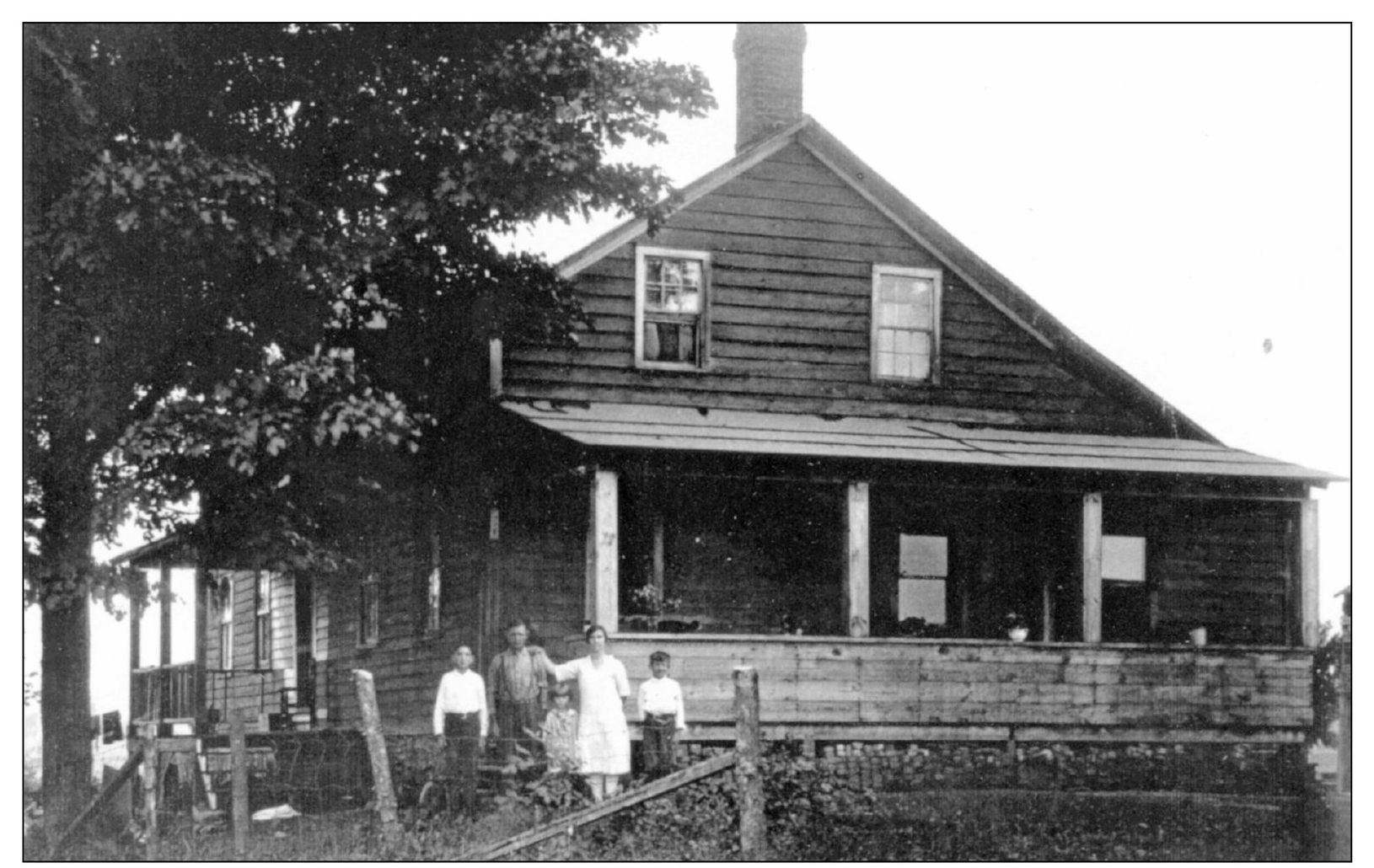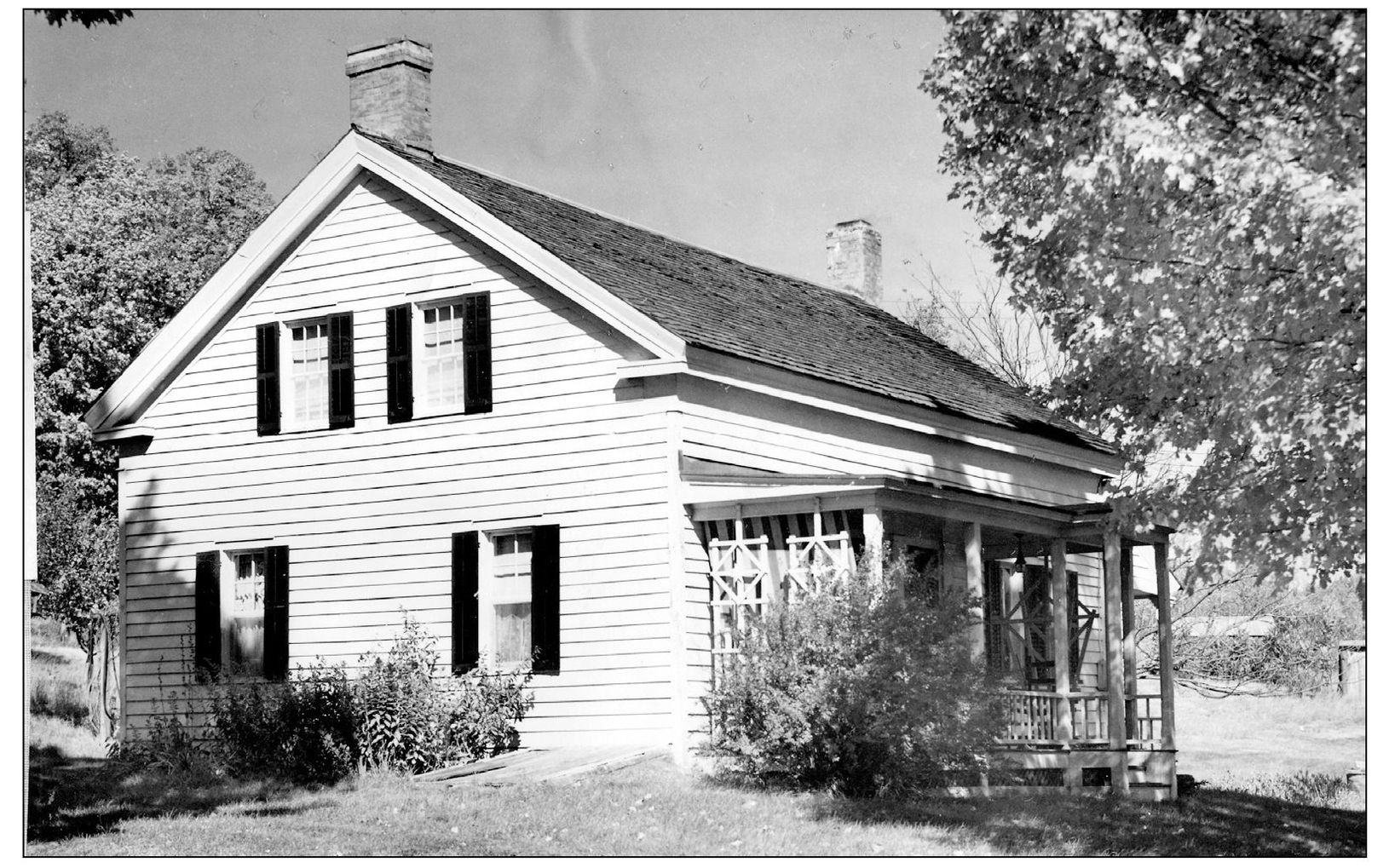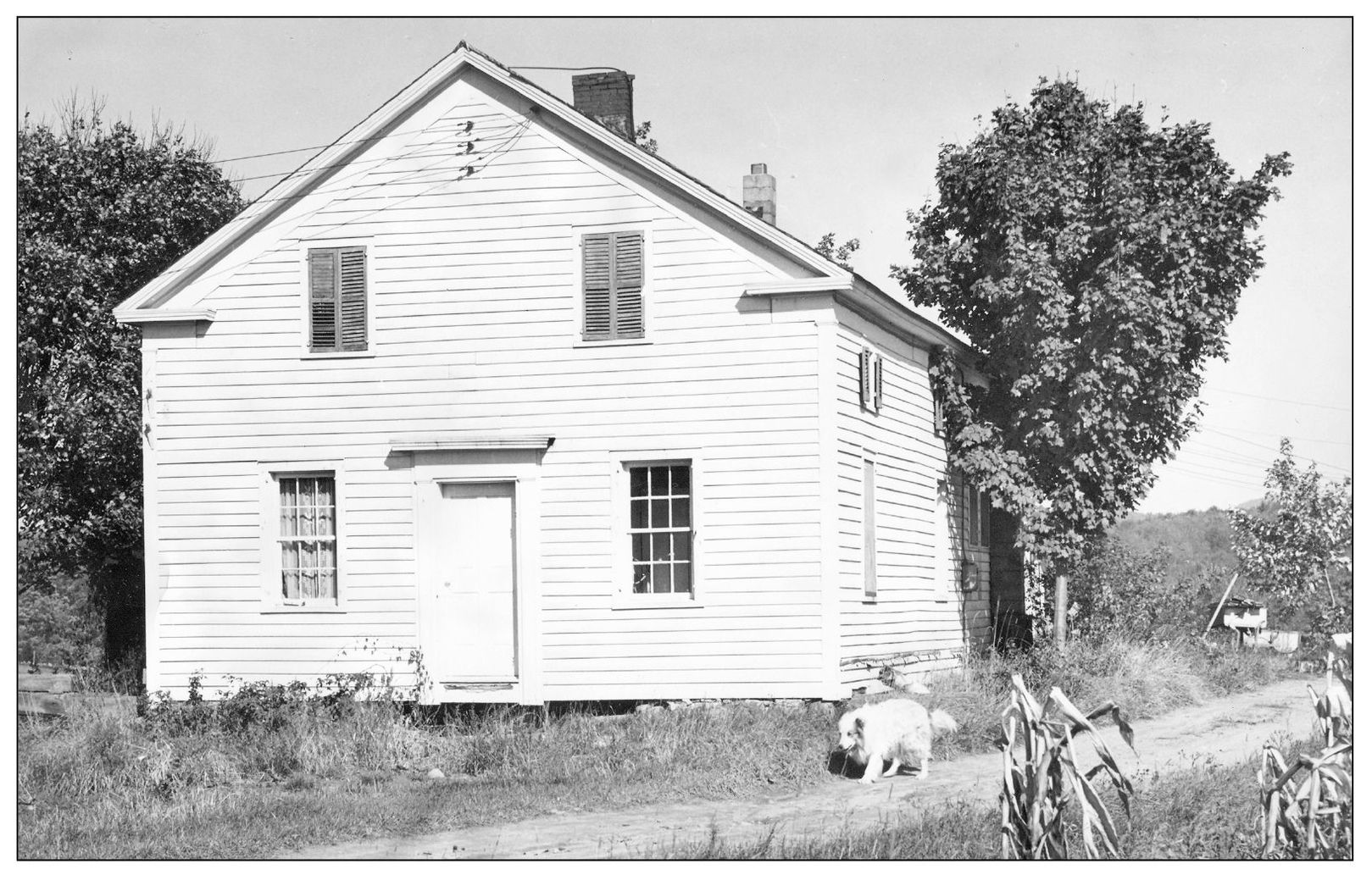One
THE EARLY YEARS
Between 1775 and 1800, the population of the area grew steadily. The Egglestons, Clothiers, Ides, Hodges, Grippens, Randalls, Cowles, Boardmans, Comstocks, Edwards, Parkmans, Eddys, Puquas, and many other families arrived. Several of the men were veterans of the American Revolution. They had seen part of the upper Hudson River while fighting the British at Saratoga and decided to return to settle. Tracts of land were claimed, and farmsteads were cleared. The earliest homes were rough log cabins. As families began to prosper, they built frame homes. Lumber mills were first built about 1800 along the Hudson River and at South Corinth. Daniel Boardman built a gristmill and store at Jessups Landing before 1800. Communities were organized near the landing on the Hudson River and in the area around South Corinth. Both areas had a supply of fast-moving water to furnish power for mills. The town of Corinth was officially established in 1818. Farmers raised sheep for wool production, and woolen mills processed the raw material into fabric. The expansive forests of hemlock trees provided hemlock bark for use in the tannery business. The town remained very rural with small industries until the coming of the Adirondack Railroad in 1865. Within a few short years, a new industry came to town that changed the economy of the region.
Brothers Edward and Ebenezer Jessup operated a vast logging operation in the Adirondacks in the 1770s. The logs were tied together and floated down the Hudson River to a spot just above the falls where they were brought ashore and transported by oxen to below the falls and placed back in the river to continue to the sawmills downstream. This painting by Clara Mae Towers Orto is her interpretation of what Jessups Landing may have looked like during those logging operations. Orto is a local artist who has painted several scenes of Corinth over the past 40 years.
Palmer Falls has a drop of over 90 feet. Cliffs rise up from the sides of the cataract as palisades. Waterpower was first harnessed here along the Hudson River in the early 1800s with the building of a sawmill. Later a gristmill and woolen mill also utilized the river. By 1830, Beriah Palmer purchased the property and water rights, thus giving the falls his name. The site remained idle until 1859 when Thomas Brown purchased the property.
Log cabins were the first permanent structures built by early settlers. Few windows were used because glass was expensive and hard to transport. Emmaline Clothier lived in this cabin, and when the photograph was taken around 1900, it had been standing for about a century. In the census records of 1855, a few log cabins were listed and their value was placed at $5. (Authors collection.)
Adam Comstock came to Corinth from Rhode Island after the American Revolution. He and his wife, Margaret McGregor, had 17 children and called this building home. It was constructed in 1788 and is considered the first frame house in Corinth. The building was converted to a corncrib after the larger house was erected.
This is the second frame house erected by Comstock. It was probably built about 1795 and was originally only one-and-a-half stories high. He died in 1819 and was buried in a small stone-walled cemetery on the property with many other members of his family. Later the property was sold to James Angell. He is purported to have enlarged the house to a full two stories.
The Joseph Eggleston house stands on Fuller Road and was built about 1790, replacing the original log structure that was erected there in 1775. Eggleston and members of his family are buried in a small cemetery opposite the end of Fuller Road on South Main Street. A larger Eggleston cemetery is less than a mile down the road, also on South Main Street.
One of the first families to settle in Corinth was the Clothiers. They built a log cabin near Mount McGregor. Ambrose Clothier and his wife, Mercy May, had four boys and four girls. One son, Asa, built a home below a hill near the Hudson River. This house was built about 1818 and stands at the end of Folts Road. (Courtesy of the Saratoga County Historians Office.)


